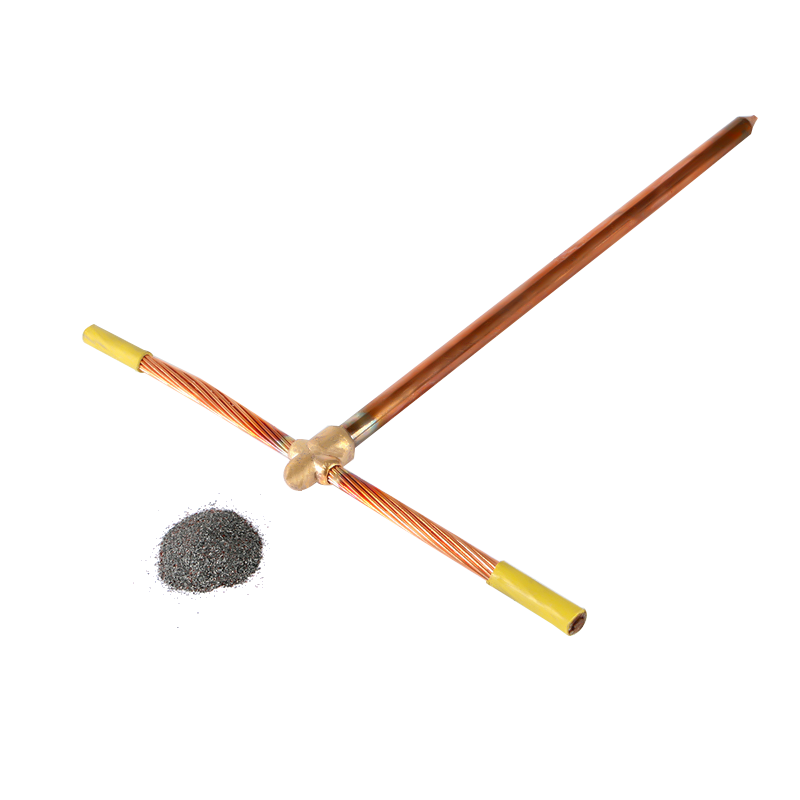
The Surprising Benefits of Using Exothermic Welding Powder in Your Electrical Work!
When it comes to electrical work, safety and reliability are paramount. Electricians and professionals in the field are constantly seeking new and improved methods to ensure efficient connections that will stand the test of time. One such innovation that has been gaining popularity in recent years is exothermic welding powder. This revolutionary material offers a range of surprising benefits that can greatly enhance the quality and durability of electrical connections. In this article, we will explore some of the advantages of using exothermic welding powder and why it should be considered for your next electrical project.
Superior Conductivity:
Exothermic welding powder is composed of a mixture of copper oxide and aluminum powder. When ignited, these materials react exothermically, generating an intense heat that melts the copper oxide and aluminum. The resulting molten metal forms a high-quality, solid electrical connection. Unlike traditional methods such as mechanical crimping or compression fittings, exothermic welding creates a molecular bond between conductors, ensuring the lowest possible resistance. This leads to improved conductivity and reduced power loss, resulting in more efficient electrical systems.
Longevity and Durability:
Exothermic welds are incredibly durable and resistant to environmental factors that can compromise electrical connections. The molten metal produced by exothermic welding creates a fusion between the conductors, making it immune to corrosion, oxidation, and loosening over time. This characteristic is particularly valuable in harsh or corrosive environments, such as industrial facilities or coastal areas, where traditional connections may fail prematurely. By utilizing exothermic welding powder, you can ensure the longevity and reliability of your electrical installations.
Versatility:
Exothermic welding powder is suitable for a wide range of applications, from joining copper to copper, copper to steel, and copper to other metals. This versatility makes it an excellent choice for various electrical projects, regardless of the conductor material involved. Whether you are working on power transmission lines, grounding systems, lightning protection, or even railway tracks, exothermic welding powder provides a consistent and effective connection method.
Simplified Installation:
Compared to traditional methods, exothermic welding offers a streamlined and straightforward installation process. The equipment required for exothermic welding is portable and easy to use, making it convenient for on-site applications. The process involves placing the conductors to be welded into a graphite mold, which is then filled with the exothermic welding powder. Upon ignition, the molten metal is formed, creating a strong and permanent connection. With minimal training, electricians can quickly become proficient in exothermic welding techniques, saving time and effort during electrical installations.
Safety and Environmental Friendliness:
Exothermic welding is a safe and environmentally friendly alternative to traditional welding methods that involve hazardous gases and fumes. The reaction between the copper oxide and aluminum powder produces minimal smoke and no harmful by-products. Additionally, the absence of open flames reduces the risk of fire hazards, making exothermic welding a safer option for both electricians and the surrounding environment.
In conclusion, exothermic welding powder presents a range of surprising benefits that can greatly improve the quality, durability, and safety of electrical connections. Its superior conductivity, longevity, and versatility make it an excellent choice for a variety of electrical applications. By utilizing exothermic welding powder, electricians and professionals in the field can ensure efficient installations that will stand the test of time. Embracing this innovative technology is a step towards enhancing the reliability and performance of electrical systems while prioritizing safety and sustainability in your work.


Exothermic Welding Powder Is A Simple, High-Efficiency, High-Quality Metal Joining Process That Utilizes The Chemical Reaction Heat Of A Metal Compound As A Heat Source, Through Superheated (Reduced) Molten Metal, Directly Or Indirectly Heated, In A Special Graphite Mold A Welded Joint With A Certain Shape And Size In Accordance With Engineering Requirements Is Formed In The Welding Chamber. At Present, Exothermic Welding Has Generally Replaced The Mechanical And Physical Connection Methods Between Metals In The Past. Many International Standards Recommend The Use Of Exothermic Welding Processes In Grounding Systems, Such As IEEE, IEC, NEC, ASME, Etc.

 English
English 简体中文
简体中文











